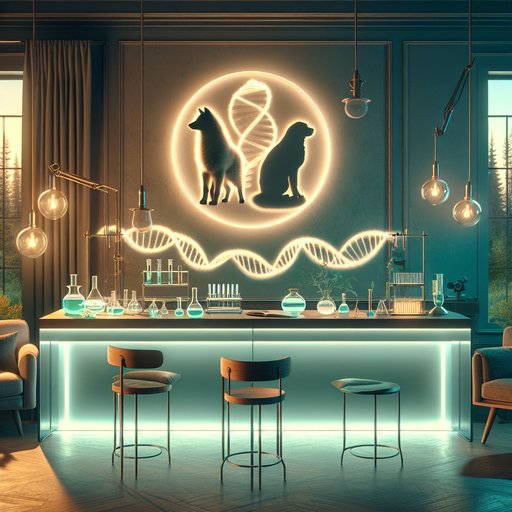
The printer hums like a polite appliance, but what it deposits is anything but ordinary: layers of living cells, coaxed into the geometry of a future organ. Across town, a team tunes genetic circuits the way coders tweak software, teaching microbes to sense, decide, and heal. Organ printing and synthetic biology slip from headline to routine, not with a bang but with the flicker of LEDs and the slosh of bioinks. The promise is intimate and planetary at once—replacing a failing kidney, filtering a polluted river—while the risks feel both distant and underfoot. In fluorescent labs and public meetings, the new logic of life is negotiated: who designs it, who owns it, and who agrees to live with it. The answers rarely fit into a press release.

In a winter port where diesel exhaust hangs like a second sky, a crane lowers a corrugated box onto the dock and a crowd gathers at a polite distance. The box is not a reactor, not yet—just a full-scale mock-up, a placeholder for a class of machines that their makers say will finally make nuclear power something you can move, fence, and finance like industrial equipment. Microreactors, along with their slightly bigger cousins in the small modular reactor family, are inching from drawing boards into test pads and campus plans. Their promise is as prosaic as it is radical: reliable heat and power, anywhere people consent to host it. But consent is the operative word, and the next few years will hinge less on raw engineering than on the choreography between ambition, anxiety, and the rules that referee both.

In a hospital room that smells faintly of antiseptic and citrus cleaner, a nurse wheels in a bag of a patient’s own blood stem cells—now edited with a molecular scalpel that was a lab curiosity just a decade ago. At another hospital, surgeons watch a gene-edited pig kidney pink up inside a human body, while cameras catch the moment a machine learning model proposes a safer way to make a change in DNA without breaking the strand clean through. In farm plots marked by colored flags, seedlings bred by precision rather than cross-pollination rise into heat that does not let up. The breakthroughs of the past year do not announce themselves with triumphal fanfare so much as the hum of pumps, the glow of monitors, and the quiet recalibration of what medicine, agriculture, and biology expect from the alphabet of life.

Cloning no longer lives only in speculative fiction or in the sepia-toned memory of Dolly the sheep; it is a service some people buy with a credit card, a conservation tool unsealing old DNA to save endangered species, and a research method redefining what counts as kin. In labs across the globe, technicians are turning biopsies into newborn animals and patient cells into experimental tissues. The science is imperfect and the costs are high, but the applications keep multiplying while the public conversation struggles to keep pace. Cloning, today, is less about miracle leaps than about increments—the everyday normalization of making genetically matched life—and the ethical questions it raises are not theoretical. They arrive in living rooms, barns, and policy hearings already breathing.




















































